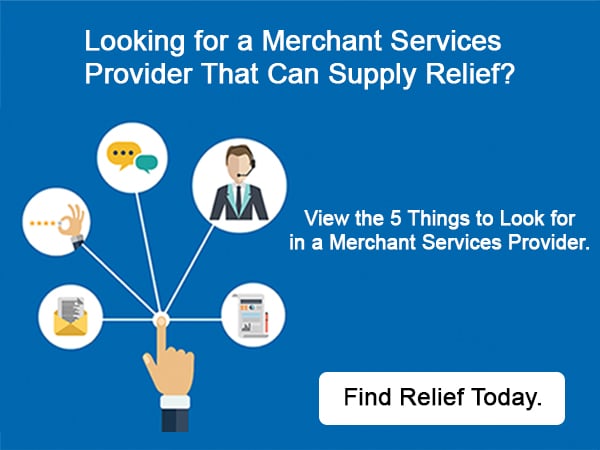
Last year, The Harvard Business Review called out augmented reality (AR) and virtual reality (VR) as technologies on the rise for the retail industry. With companies focusing on these technologies earning in excess of $600 million in equity financing, both brands and developers are looking ahead, anxious to see if the investment will pay dividends.
To dive deeper into the potential that both AR and VR technologies offer the retail sector, Lisa Woodley, Vice President – Customer Experience for Financial Services & Insurance and Peter Olynick – Retail Banking, Senior Practice Lead with NTT DATA shared their thoughts. Their firm works with retail partners to help navigate the modern complexities of business and technology.
What are the most exciting areas of potential you see for combining AR/VR technology with the consumer experience and why?
Woodley: It’s really going to be about recreating the in-store experience at home. Things like product comparison/product benefits in particular, and deciding if the product is right for you. You can see what the outfit looks like on you before you buy or what the sofa looks like in your living room before it ships. The ability to customize to your particular scenario and see the results before buying will be very powerful.
What are the leading conversations in security concerning AR/VR technology and the consumer experience and why?
Olynick: AR/VR both have the potential to improve the security of the customer experience, especially during multifactor authentication. NTT DATA’s recent study, “Don’t Fear Modernizing Your Core,” shows that consumers are concerned about security and open to multifactor/biometric authentication; however, as we have seen with EMV adoption, improved security cannot come with a potential degradation of the customer experience.
Woodley: The security concerns for AR/VR consumers in some ways are very similar to what they were at the beginning of online retail shopping – concerns about the security of the data, third-party interception of payment information, and a general unease in providing so much information via a technology that the user knows so little about. However, AR’s added level of sensor data, video/audio feeds, and geolocation increases that anxiety. Security with AR/VR becomes not just about identity or credit card threat but also can be about personal safety and privacy.
How can AR/VR technology improve the security of a customer payment experience with their favorite retail brands?
Woodley: AR/VR as a technology in and of itself won’t necessarily have the ability to make payments more secure. However, using AR/VR in a multifactor authentication process can make payments less tedious for the end customer and therefore ensure a greater level of compliance with the process. It’s going to be all about creating a seamless experience that flows from the shopping experience through the payment and authentication process, which can ultimately lead to greater loyalty and advocacy.
What are your top recommendations for retail brands exploring AR/VR technology to improve the security of the consumer purchasing experience?
Woodley: From my perspective, it’s really going to be about integration of the payment process into the experience so that it is unbroken from beginning to end. The payment and authentication process will need to be as engaging and effortless as the shopping experience. As well, improving transaction security isn’t just about making sure the data from the transaction is secure. It will be about communicating that security to the customer. Adoption will depend on the customer believing their transaction is secure.
Olynick: First, brands should leverage AR/VR to solve specific pain points. Don’t try to solve every problem at once. Secondly, brands should leverage technology that is well established and readily available. A great solution that can only be used by a few people is not a winner.
The article and information provided herein are sponsored by Discover Global Network for informational purposes only based on independent research and are not intended as a substitute for professional advice.
Original Source: Discover Global Network









 Facebook
Facebook Twitter
Twitter LinkedIn
LinkedIn Youtube
Youtube Glassdoor
Glassdoor